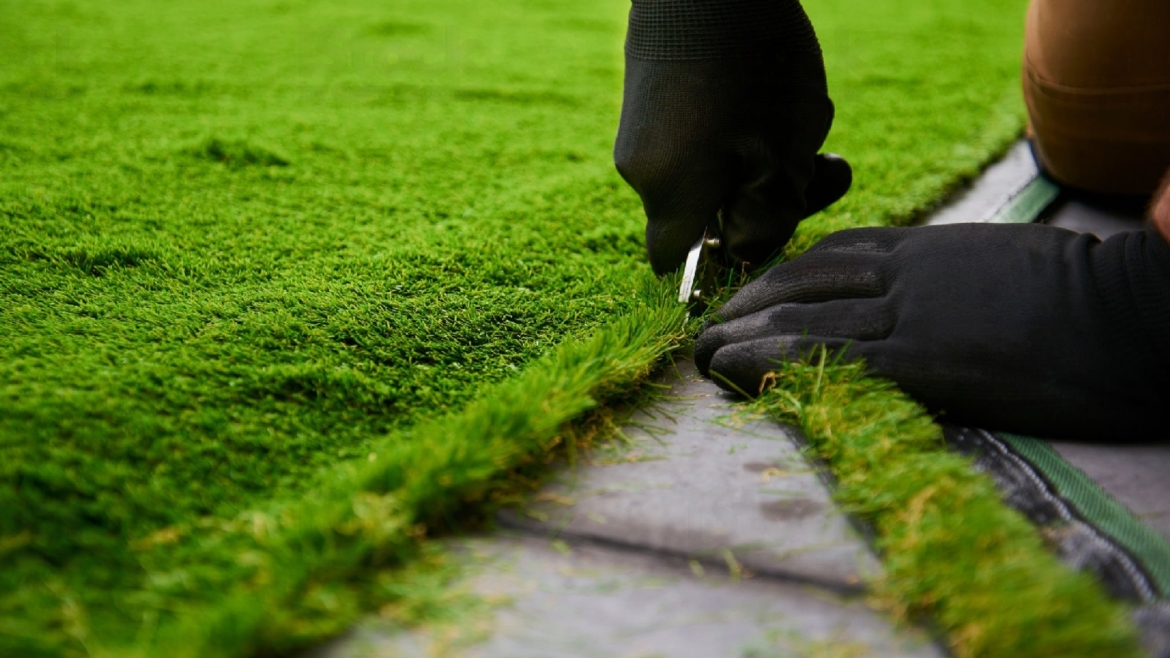Playground turfing is the process of installing artificial turf or synthetic grass on a playground surface. This type of turf is designed to be durable, safe, and low-maintenance, making it an attractive option for many schools, parks, and other public spaces.
Playground turfing offers a number of benefits over traditional playground surfaces, such as concrete, asphalt, or natural grass. It provides a soft, cushioned surface that can help prevent injuries from falls, making it a safer option for children. It is also non-slip, even when wet, which can help prevent accidents from slips and falls.
Playground turfing is also low-maintenance, requiring less water and upkeep than natural grass. It does not need to be mowed, weeded, or fertilized, which can save time and money in the long run. Additionally, it can be customized with different colors, patterns, and designs to create a visually appealing and engaging play space for children.
However, there are some potential drawbacks to playground turfing. It can be more expensive to install than traditional surfaces, and it may not be as environmentally friendly, as it is made from synthetic materials. Additionally, some people may not like the look or feel of artificial turf, preferring the natural look of grass or other materials.
Overall, playground turfing can be a good option for creating a safe, low-maintenance, and visually appealing play space for children, but it is important to carefully consider the potential pros and cons before making a decision.


